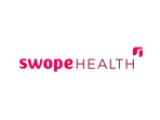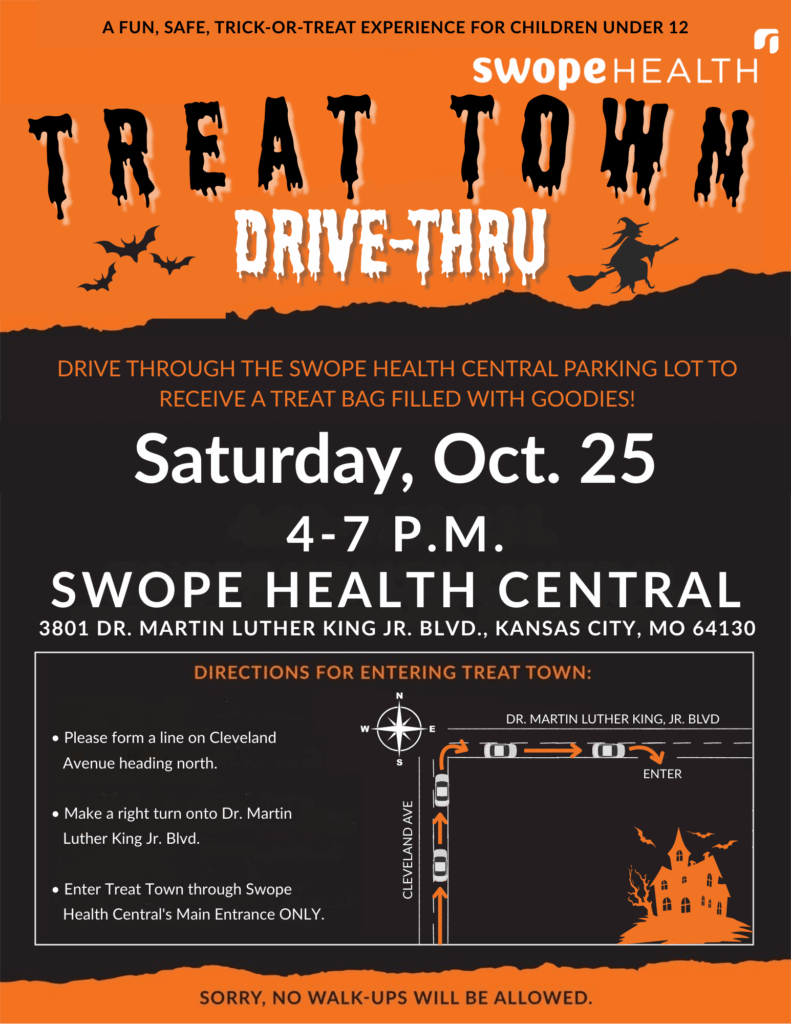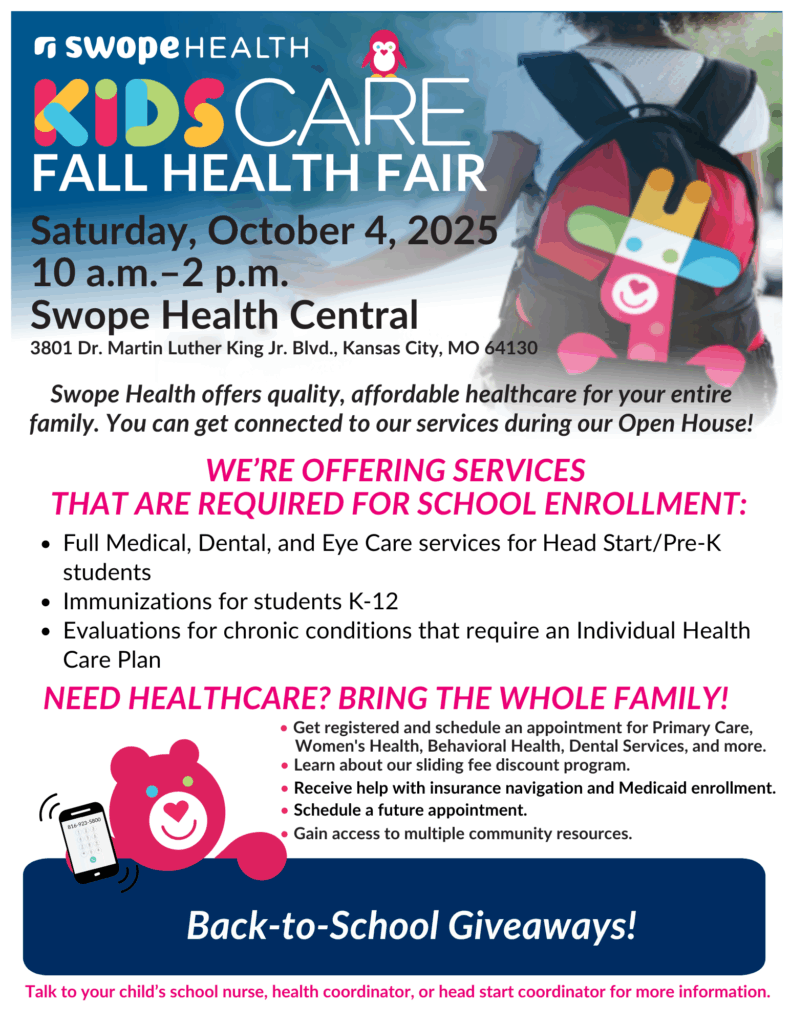June 27 is National HIV Testing Day, as proclaimed by HIV.gov, an agency of the federal government, sponsored by the U.S. Department of Health and Human Services.
Since 1995, the federal government has recognized this day each year to encourage everyone age 15 and up to get tested for HIV, learn your status, and get linked to care and treatment.
This annual promotion is part of a national goal to achieve a 90 percent reduction in new HIV infections by 2030 – to effectively end the HIV epidemic in the United States.
“This goal is achievable if we all take steps to get tested for HIV,” said Dr. Naiomi Jamal, Chief Health Officer for Swope Health. “Swope Health supports this national effort and encourages everyone age 15 and older to get tested. This screening is simple and can occur during your regular examination, or by appointment, at any Swope Health clinic.”
The U.S. Preventive Services Task Force, an independent volunteer group of national experts in preventive medicine, has championed the guideline that all persons from 15 to 65 should be tested for HIV.
“Screening for HIV is so important because we are able to detect infection earlier, meaning we can prevent further transmission and provide linkages to the more effective treatments that are now available,” Dr. Jamal said. “This is a practical approach that makes sense for everyone and can improve the health of people nationwide.”

HIV Basics
HIV stands for Human Immunodeficiency Virus. This is a virus that attacks the cells that help the body fight off infection. Left untreated, the virus can lead to AIDS (which is short for Acquired Immunodeficiency Syndrome). HIV spreads through human contact and bodily fluids, most commonly during sex or injection drug use.
There are about 1.2 million people in the US with HIV, and more than 10 percent of them are not aware they have the virus. HIV can affect anyone, but people of color, especially Black and Hispanic men, continue to be disproportionally affected.
HIV is preventable and treatable, which is why the federal government launched the campaign to eradicate HIV as an epidemic over the course of the next six years.
Take the Test!
Achieving the national goal starts simply – first, by increasing the number of people who are aware of their HIV status. That means encouraging more people to get tested.
The Office of Disease Prevention and Health Promotion says EVERYONE age 15 to 65 should be tested at least once. People with higher risk of infection may need to be tested more often, for example if you:
- Are pregnant
- Have sex with someone who has HIV
- Use drugs with needles (other than prescription medications)
- Have a sexually transmitted disease
- Have sex in exchange for money, drugs or other items
Then what?
If you test negative, your healthcare provider can help you maintain your healthy status. For example, if you are in a relationship with someone with HIV, there are medications to lower your risk of also getting infected with HIV.
Learn more about preventive approaches, including PrEP. (PrEP stands for Pre-Exposure Prophylaxis – a medicine that lessens the risk of getting HIV.)
If you test positive, your healthcare provider can help you with linkages to care, including selecting a treatment option that will work best for you. There is no cure for HIV, but HIV can be managed with regular care, especially with an early diagnosis. Treatment works best when you commit to a schedule including regular medication and doctor appointments.
Learn more about HIV care.
Do you have questions about HIV testing, prevention, or care? Swope Health is here for you. Call 816-923-5800 to make an appointment and get answers.
















